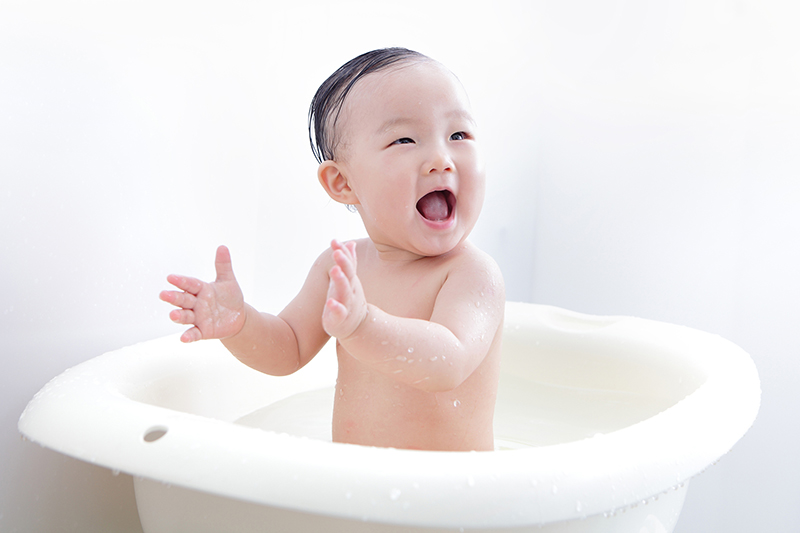Families For Life | Imagining and Creating: Babies

Between birth and 12 months, your baby’s imagination is growing all the time, and play is the main way that she explores and develops her imagination. Here are some play ideas and creative activities to boost your baby’s imagination, learning and development.
Babies: imaginative and creative development
Between birth and 12 months, babies become more and more interested in the world. Play is the main way that babies develop, learn and explore the world.
As babies explore through play, their imaginations develop. And as their imaginations develop, they can experiment with new sounds, sights, objects and activities. They also learn to solve simple problems, and they start being able to understand their own and other people’s feelings.
What to expect with your baby’s imagination
Your baby is likely to be fascinated by you. Your face, facial expressions, voice and touch spark their imagination and help them learn.
From about 5 months, your baby might be fascinated by themselves too! Babies love looking in mirrors to watch their own expressions and body movements, like clapping hands. At this age, your baby won’t understand that they’re the baby in the mirror. This understanding develops at 18-24 months.
At the same time, your baby will enjoy looking at pictures in books. Your baby’s expanding imagination helps them learn that pictures in books relate to things in the world around them. For example, a picture of a dog is like your family’s pet dog or the dogs they see in the park.
Babies are naturally curious about the environment and are keen to explore, especially once they can crawl. Your baby might look into cupboards, under beds and in other tight spaces around the house. When your baby does this, they’re imagining what they might find there and what they can do with whatever they find.
At 5-6 months, touching and tasting are how your baby explores and expands their imagination, which is why they seem to put everything in their mouth.
Around this age, your baby will also enjoy seeing what happens when they bang things together or use their voice.
From about 7 months, your baby might try to copy you if you make different sounds. And from about 8 months, your baby will start using their imagination to copy what they’ve seen you do. Your baby might use a block as a mobile phone or play peekaboo by hiding their face behind a cushion.
Play ideas and creative activities to grow your baby’s imagination
Lots of different experiences will help your baby’s imagination to grow. Here are some ideas:
Share stories, read books or sing nursery rhymes using actions together – for example, twinkly star fingers while singing ‘Twinkle, Twinkle Little Star’.
Listen to different types and styles of music. Or why not make some music? You could help your child make musical instruments – like a toy xylophone, some bells, saucepan lids for cymbals, or a jar full of rice or dried peas for a shaker.
Visit different places. Go for a walk in the park, at the playground, at the beach, on a farm or in any different environment. Even tummy time on a mat outdoors lets your baby see the world in a new way.
Play dress-ups with old clothes, handbags and hats. This is great fun for children from about 12 months on.
Have some messy play using sand, mud, clay, playdough or paints.
Play with water from 12 months. A bucket of water with bubbles and a few plastic cups are all your baby needs. Supervise your child for safe fun with water. Bath time is good for water play too, with lots of splashing! A few simple steps will keep bath time safe.
Give your child paper and crayons for scribbling.
Structured play and open-ended play
Try to offer your child things she can use to make up games and play, as well as toys that come complete from the shop with their own structured play instructions.
For example, blocks are ideal for open-ended play. When your baby uses his imagination, blocks can become rocket ships, presents or even a bag of potatoes. Likewise, a box of different-coloured pieces of material has endless possibilities when your baby plays with it in a creative way.
All children develop at their own pace. But if you’re concerned about any aspect of your child’s development – for example, if your child appears to lack interest in play or in playing with objects – it’s a good idea to talk with your paediatrician or General Practitioner (GP).
© raisingchildren.net.au, translated and adapted with permission
Explore more